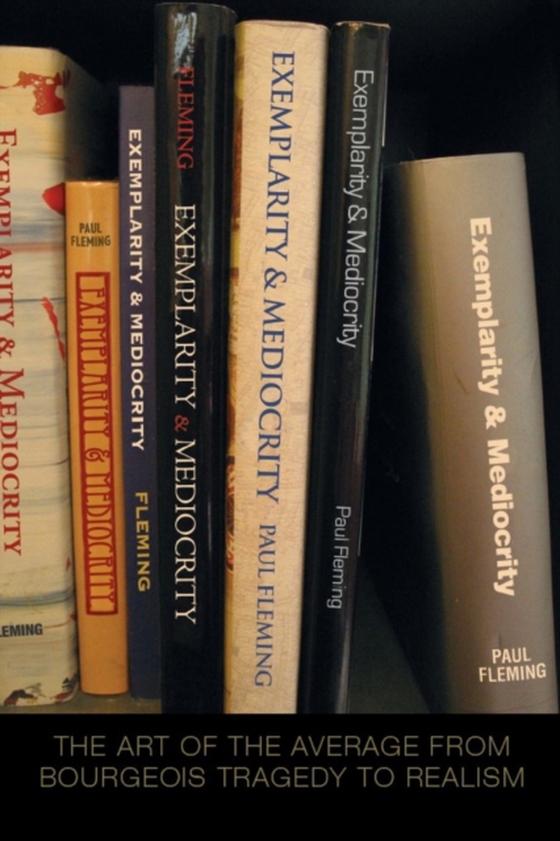
Exemplarity and Mediocrity e-bog
820,11 DKK
(ekskl. moms 656,09 DKK)
Following Hegel's analysis of art's increasing difficulty to both engage and extricate itself from prosaic reality, Paul Fleming investigates the strategies employed by German literature from 1750 to 1850 for increasingly attuning itself to quotidian life-common heroes, everyday life, non-extraordinary events-while also avoiding all notions of mediocrity. He focuses on three sites of this tensi...
E-bog
820,11 DKK
Forlag
Stanford University Press
Udgivet
11 december 2008
Længde
240 sider
Genrer
2ACG
Sprog
English
Format
epub
Beskyttelse
LCP
ISBN
9780804769983
Following Hegel's analysis of art's increasing difficulty to both engage and extricate itself from prosaic reality, Paul Fleming investigates the strategies employed by German literature from 1750 to 1850 for increasingly attuning itself to quotidian life-common heroes, everyday life, non-extraordinary events-while also avoiding all notions of mediocrity. He focuses on three sites of this tension: the average audience (Lessing), the average artist (Goethe and Schiller), and the everyday, or average life (Grillparzer and Stifter). The book's title, Exemplarity and Mediocrity, describes both a disjunctive and a conjunctive relation. Read disjunctively, modern art must display the "e;exemplary originality"e; (Kant) that only genius can provide and is thus fundamentally opposed to mediocrity as that which does not stand out or lacks distinctiveness; in the conjunctive sense, modern art turns to non-exceptional life in order to transform it-without forsaking its commonness-thereby producing exemplary forms of mediocrity that both represent the non-exceptional and, insofar as they stand outside the group they represent, are something other than mediocre.
 Dansk
Dansk

